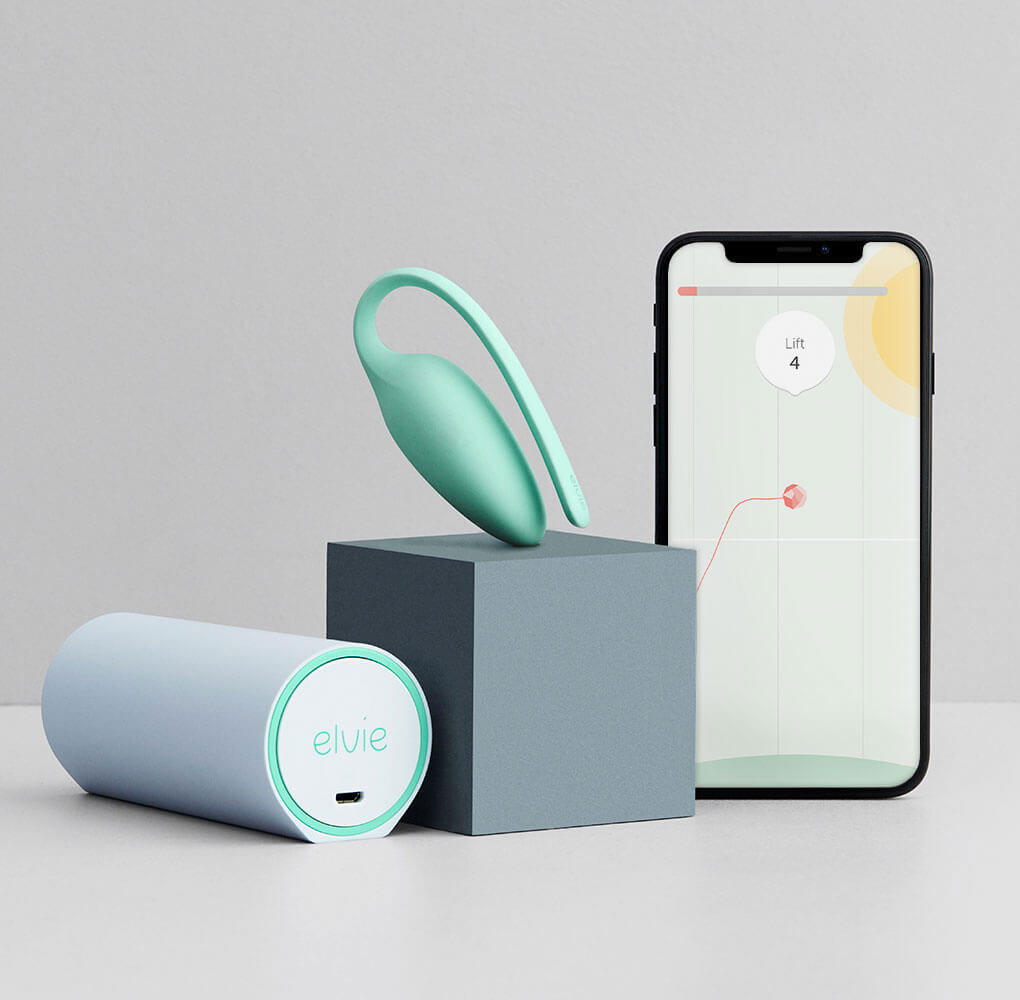Pelvic floor therapy is an essential treatment for those suffering from issues related to weakened or overactive pelvic floor muscles, such as urinary incontinence, pelvic pain, leakage, or pelvic organ prolapse. While many people rely on exercises like Kegels to strengthen these muscles, advancements in technology have introduced pelvic floor therapy devices that can provide targeted assistance and more effective results.
Let’s dive into the pros and cons of pelvic floor devices and how they might be more efficient than other therapy methods.
What is a Pelvic Floor Device?
Pelvic floor health devices are specially designed tools that help strengthen or rehabilitate the correct muscles, which support organs like the bladder, uterus, and bowel. These devices often use biofeedback, electrical stimulation, or resistance training to engage the muscles more effectively than pelvic floor strengthening exercises alone. These devices are typically prescribed to those needing extra assistance or not seeing results through manual exercises.
Understanding Pelvic Floor Therapy
Pelvic floor therapy involves a variety of techniques aimed at improving the function of the pelvic muscles. This type of therapy is most commonly recommended for individuals experiencing incontinence, pelvic pain, or after childbirth.
Pelvic floor therapy aims to restore muscle strength, endurance, and coordination, allowing for improved bladder control, reduced pelvic discomfort, and better overall quality of life.
Comparison of Pelvic Floor Therapy Options
Before diving into the specifics of pelvic floor therapy devices, it’s important to understand the alternatives that don’t involve devices. These include Kegel exercises, physical therapy involving a healthcare professional guiding exercises and manual techniques, and yoga and pilates.
Pros of Non-Device Therapy
- They’re cost-effective. There’s no need to purchase any devices.
- They can be done anywhere. Kegels and other exercises can be performed in any setting, including at home.
- Professionals can tailor them. Physical therapists can provide personalized care plans to help along the way.
Cons of Non-Device Therapy
- It’s difficult to track progress and measure muscle engagement or improvement without external aids.
- It can be less effective for some. Not everyone can isolate or strengthen pelvic muscles through Kegels alone, making devices a more attractive option for faster results.
A Detailed Look at Pelvic Floor Devices
Elitone
Elitone is a wearable pelvic floor therapy device designed for women suffering from stress urinary incontinence. It’s the only FDA-cleared external, at-home pelvic physical therapy solution for women with stress or urge incontinence who want to stay dry, comfortable, and confident. This rechargeable pelvic floor strength device provides gentle electrical stimulation that contracts and tones muscles. Unlike traditional devices that are inserted vaginally, Elitone is worn externally, making it a comfortable and non-invasive exercise device.
- How It Works: Elitone sends electrical pulses through adhesive gel pads on the skin near the pelvic region. These pulses mimic the contractions of pelvic floor muscles during Kegel exercises.
- Pros:
- Non-invasive: This medical device is worn externally, eliminating discomfort associated with vaginal insertion.
- Easy to Use: It can be worn during daily activities.
- Convenient: Sessions last only about 20 minutes.
- Cons:
- Limited Scope: Elitone specifically targets stress incontinence and bladder leaks, which may not address all pelvic floor issues.
- Adhesive Pads Need Replacing: The gel pads must be replaced over time, adding to long-term costs.
Elvie
The Elvie Trainer is a small, insertable device designed to assist with pelvic floor exercises through biofeedback. It connects to a smartphone app that guides users through workouts and provides real-time feedback on muscle engagement.
- How It Works: The pelvic floor trainer is inserted vaginally and uses sensors to measure pelvic floor muscle contractions. The accompanying app displays the user’s progress and offers guided exercises to target muscle strength and coordination.
- Pros:
- Biofeedback Device: It provides instant feedback, allowing users to correct their technique, track progress, and eliminate guesswork when making improvements.
- Discreet and Portable: It’s compact and easy to carry, making it possible to train anywhere.
- Customizable workouts: The app offers different levels of exercises to fit the user’s needs.
- Cons:
- Requires Insertion: Some users may find the device uncomfortable to insert.
- App dependency: The device’s effectiveness depends on its integration with the app, so users need to be comfortable with the technology.
- Price: The Elvie is more expensive upfront compared to other options.
Pelvic floor therapy devices like Elitone and Elvie offer innovative, convenient solutions for assisting with pelvic floor dysfunction symptoms. While both devices have unique advantages—Elitone being non-invasive and ideal for stress incontinence and Elvie offering real-time feedback—they may not be for everyone. Some individuals with a weak pelvic floor may prefer traditional methods like Kegel exercises, manual therapy, or biofeedback. However, if you’re looking for an at-home solution with measurable results, investing in a pelvic floor training device could significantly improve your pelvic health.







